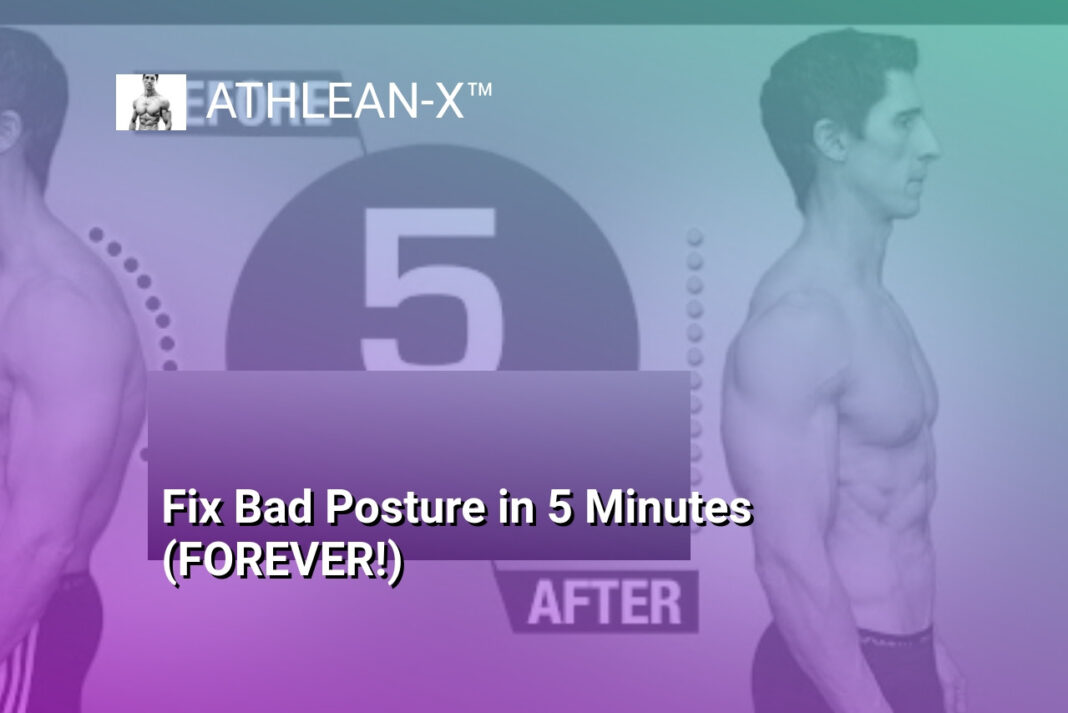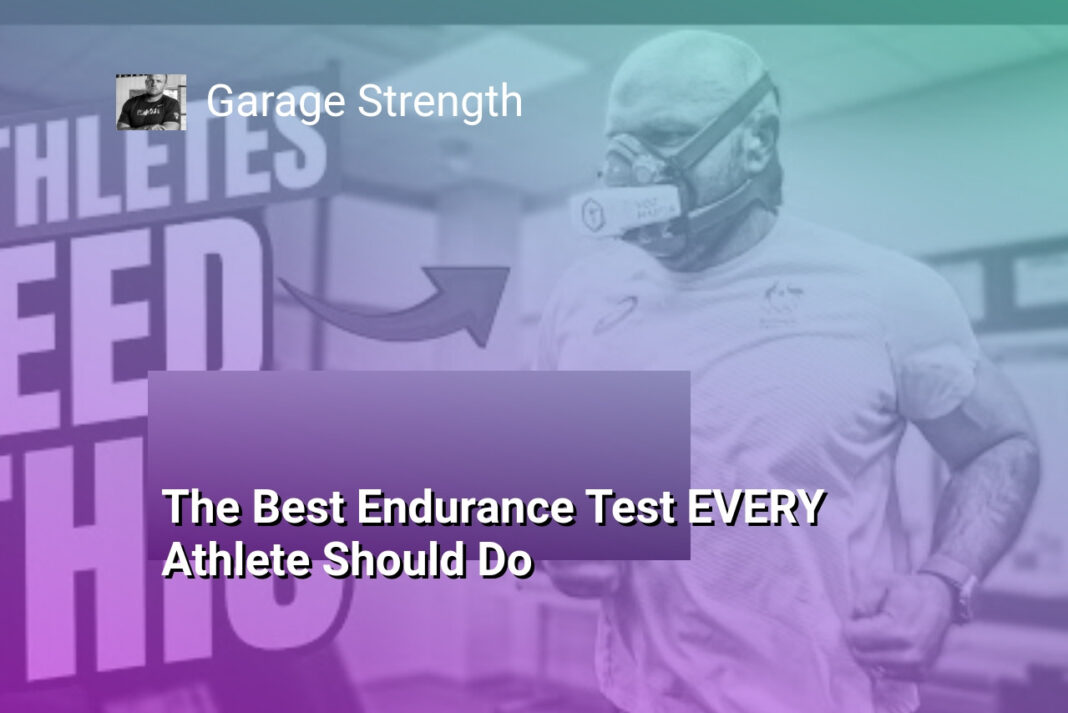The Bottom Line:
- Maintaining a healthy muscle mass and strength is crucial for longevity, as low muscle mass individuals have a 200% increased risk of all-cause mortality compared to those with high muscle mass.
- Cardiorespiratory fitness is an even stronger predictor of longevity, with individuals in the bottom 25% of VO2 max having a 5-fold higher risk of all-cause mortality compared to the top 2.5%.
- Specific fitness goals, such as being able to deadhang for at least a minute, wall sit for 2 minutes, and run a mile in under 7-8 minutes, can serve as benchmarks for improving overall health and longevity.
- Strength training, including exercises like farmer’s carries, vertical jumps, and a comprehensive strength metrics assessment (SMA), are important for developing the strength and fitness necessary for optimal health and lifespan.
- Focusing on improving physical fitness and strength should be the priority before delving into the nuances of various dietary approaches, as the benefits of exercise far outweigh the potential effects of specific supplements or dietary choices.
The Profound Impact of Muscle Mass and Strength
The Significance of Muscular Strength and Cardiovascular Fitness
Numerous studies have demonstrated the profound impact of muscle mass and strength on longevity. When comparing individuals with low muscle mass to those with high muscle mass, the low muscle mass group experiences a staggering 200% increase in all-cause mortality. This underscores the critical role that muscle strength plays in overall health and lifespan.
Uncovering the Power of Strength Metrics
Upon further analysis, researchers have found that it is not solely muscle mass, but rather the associated strength that is the primary driver of this longevity benefit. When examining strength measures, such as grip strength, leg extensions, and wall sits, the data reveals an even more significant impact, with a 250% greater risk of all-cause mortality in individuals with low strength levels.
Maximizing Cardiorespiratory Fitness
The impact of cardiorespiratory fitness on lifespan is even more profound. Individuals in the bottom 25% of VO2 max (a measure of aerobic capacity) have a 5-fold, or 400%, higher risk of all-cause mortality compared to those in the top 2.5% for their age and sex. This underscores the immense benefits of maintaining a high level of cardiovascular fitness throughout one’s life.
Cardiorespiratory Fitness: The Single Strongest Modifiable Behavior
Maximizing Cardiorespiratory Fitness: A Powerful Longevity Booster
Cardiorespiratory fitness, as measured by VO2 max, is one of the single strongest modifiable behaviors associated with longevity. The data is staggering – when comparing individuals in the bottom 25% of VO2 max for their age and sex to those in the 50-75th percentile, the risk of all-cause mortality doubles. And the difference is even more profound when comparing the bottom 25% to the top 2.5% – a 5-fold or 400% increase in risk.
Practical Cardio Fitness Benchmarks
For those without access to VO2 max testing equipment, there are some practical fitness benchmarks to aim for. Being able to run a mile in 7-8 minutes or less is a good proxy for being in the top 75th percentile of cardiorespiratory fitness. Additionally, being able to dead hang for at least 1 minute (1.5 minutes for 40-year-old women, 2 minutes for 40-year-old men) and perform a 2-minute wall sit (90-degree squat hold) are other useful markers.
Developing a Comprehensive Fitness Assessment
To truly optimize longevity, a more comprehensive fitness assessment is ideal. This could include tests like farmer’s carries (carrying a load equal to 100% of body weight for men, 75% for women, for 2 minutes), vertical jump, and ground contact time during box jumps. The goal is to create a battery of tests that serve as proxies for the physical capabilities of a “centenarian-to-be” – the person living their best life in their 10th decade. This assessment is an evolving process, as the research continues to refine the most meaningful markers of whole-body fitness and function.
Practical Fitness Benchmarks for Optimal Longevity
Strength and Muscle Mass Benchmarks for Longevity
Maintaining a high level of muscular strength and lean muscle mass is crucial for longevity. Studies have shown that individuals with low muscle mass have a significantly higher risk of all-cause mortality compared to those with high muscle mass, with a hazard ratio of around 200%. This underscores the importance of building and preserving strength as we age.
To assess an individual’s strength and muscle quality, we utilize a comprehensive Strength Metrics Assessment (SMA) that includes various tests, such as grip strength, leg extensions, wall sits, and dead hangs. These exercises provide a granular understanding of an individual’s functional strength and muscle capacity.
For example, we recommend that a 40-year-old woman should be able to dead hang for at least 1.5 minutes, while a 40-year-old man should be able to do so for 2 minutes. Similarly, a 90-degree wall sit for 2 minutes is a good benchmark for both men and women of that age. These strength-based metrics serve as practical targets for individuals to strive towards, as they are directly linked to reduced mortality risk.
Cardiorespiratory Fitness and Longevity
Cardiorespiratory fitness, as measured by VO2 max, is an even stronger predictor of longevity than muscular strength. Individuals in the bottom 25% of VO2 max for their age and sex have approximately a 2-fold higher risk of all-cause mortality compared to those in the 50-75th percentile. The difference is even more profound when comparing the bottom 25% to the top 2.5%, with a staggering 5-fold (400%) increase in mortality risk.
To assess cardiorespiratory fitness without access to specialized equipment, we recommend using simple field tests, such as the ability to run a mile in 7-8 minutes or less. This provides a reasonable estimate of an individual’s VO2 max and can serve as a benchmark for improving their cardiovascular health and longevity.
Integrating Strength and Cardiovascular Training
It is important to note that the benefits of exercise for longevity are not limited to a single modality. A well-rounded fitness regimen that combines both strength training and cardiovascular exercise is essential for optimizing health and lifespan. By setting and achieving practical fitness benchmarks in both domains, individuals can significantly reduce their risk of premature mortality and enjoy a longer, healthier life.
Prioritizing Exercise Before Debating Dietary Nuances
Establishing a Strong Physical Foundation
Before delving into the nuances of dietary choices, it’s crucial to prioritize building a robust physical foundation. Numerous studies have demonstrated the profound impact of muscular strength and cardiovascular fitness on longevity and overall health.
The Power of Muscular Strength
Comparing individuals with low muscle mass to those with high muscle mass reveals a staggering difference in all-cause mortality risk. The low muscle mass group experiences a 200% increase in mortality compared to their high muscle mass counterparts. This striking difference is largely attributed to the strong association between muscular strength and overall health. By focusing on exercises that target strength, such as grip strength, leg extensions, and squats, individuals can significantly reduce their risk of premature death.
Optimizing Cardiovascular Fitness
The impact of cardiorespiratory fitness on longevity is even more profound. When comparing individuals in the bottom 25% of VO2 max (a measure of aerobic capacity) to those in the top 2.5%, the difference in all-cause mortality risk is a staggering 400%. This underscores the immense benefits of regular cardiovascular exercise, such as running, cycling, or rowing, in extending one’s lifespan. Establishing a consistent exercise routine that elevates the heart rate and improves aerobic capacity should be a top priority before delving into the nuances of dietary choices.
Developing a Comprehensive Strength and Fitness Assessment
Comprehensive Strength and Fitness Evaluation
Assessing an individual’s comprehensive strength and fitness is crucial in developing an effective plan to improve their overall health and longevity. This assessment goes beyond just measuring muscle mass or cardiovascular fitness, but delves deeper into various physical attributes that contribute to optimal function and resilience.
Strength Metrics Assessment (SMA)
At the core of our comprehensive evaluation is the Strength Metrics Assessment (SMA), a battery of 11 challenging tests that provide a granular understanding of an individual’s strength, mobility, and overall physical capabilities. These tests include:
– Dead hang: Measuring the duration an individual can support their body weight by hanging from a bar.
– Wall sit: Evaluating quadriceps strength by assessing how long one can maintain a 90-degree squat position against a wall.
– Farmer’s carry: Assessing grip strength and total-body strength by having the individual carry a load equivalent to a percentage of their body weight for a set duration.
– Vertical jump and ground contact time: Analyzing power output and neuromuscular control through jump testing.
The specific performance targets for these tests are adjusted based on the individual’s age and gender, allowing us to establish personalized benchmarks for optimal function.
Cardiorespiratory Fitness Evaluation
In addition to the strength assessment, we place a strong emphasis on evaluating cardiorespiratory fitness, as this parameter has been shown to be one of the most significant predictors of longevity. By assessing an individual’s VO2 max, either through direct measurement or reliable online estimators, we can determine their cardiovascular fitness level and establish goals for improvement.
For those who may not have access to VO2 max testing equipment, we can use proxy measures such as the time it takes to run a mile. A mile time of 7-8 minutes or less can serve as a reasonable indicator of being in the upper percentiles of cardiorespiratory fitness for the general population.
By combining the insights from the strength and cardiorespiratory assessments, we can develop a comprehensive understanding of an individual’s physical capabilities and identify areas for targeted improvement. This holistic approach allows us to create personalized programs that address the specific needs and goals of each client, ultimately enhancing their overall health, fitness, and longevity.





